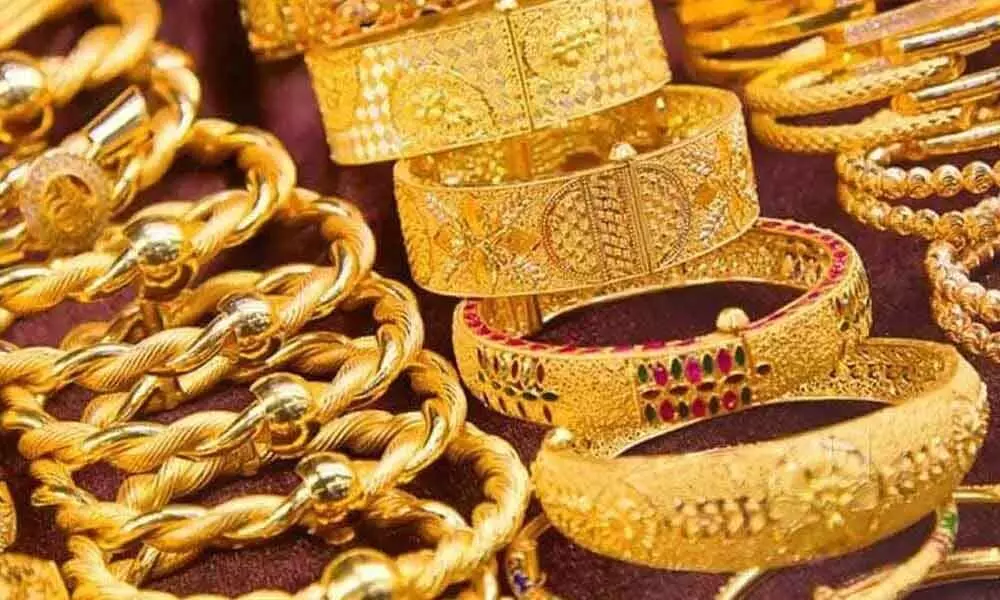Put Your Money Into Gold Etfs And Mutual Funds
It is possible to gain long-term exposure to gold’s stability and liquidity by investing in ETFs and mutual funds, which offer greater liquidity that physical gold and greater diversity than gold stocks. Gold funds come in a variety of forms. Some are index funds that use futures or options to track trends in the industry or even the price of bullion.
ETFs that hold actual gold and deposit receipts, like the SPDR Gold Shares ETF (GLD), track the gold market. However, VanEck Vectors Gold Miners ETF (GDX) is a passively managed product that tracks the gold mining and refining industry’s underlying basket of shares.
Investing in gold mutual funds, such as Franklin Templeton’s Gold & Precious Metals Fund, is done by professionals. Investments in these funds try to outperform the returns of index funds. In return, they demand a somewhat high expense ratio.
Keep in mind that when you buy gold stocks or gold futures and options contracts, you aren’t actually purchasing gold, but rather paper that is supposedly backed by equity or debt of mining businesses. As a result, the value of golden mutual funds & ETFs may well not completely match up with current market gold price, and all these assets may not perform in the same manner as actual gold.
It is the most speculative of all ways to invest in gold to trade futures or options contracts. Because futures or options are based solely on the price of underlying item, their value is totally dependent on that asset’s value.
It is possible to buy or sell at a predetermined price at a predetermined date, independent of current market conditions. An options contract, on the other hand, is a contract that offers you the choice to either buy or sell a specific securities at or before a specific price.

Investing in futures and options requires a brokerage account with an online firm that specialises in these products. Account holders may be required to sign supplementary documents admitting the risks of investing in derivatives at several online brokerages.
You can buy and sell options and futures on the platform once you’ve opened a brokerage account. Most options and futures trading platforms earn a fee based on how many contracts you buy and sell.
Gold options and futures contracts should be actively monitored by investors so how they can sell, rollover, or exercise their choices before expire worthless. As a result, individuals who utilise these strategies excessively and suffer losses in the stock market may quickly see their losses accumulate. See here to know What Is Gold Individual Retirement Account (Ira).
Is Gold A Good Investment?
Gold may be a good investment if you’re worried about inflation or other tragedies. Gold, despite its short-term volatility, has kept its value exceptionally well over the long run.
You can invest with gold stocks, physical gold, gold ETFs or mutual funds, or speculative futures & options contracts, depending on your personal preferences and risk tolerance. In most cases, financial consultants recommend that you allocate not and over 10% of your overall portfolio to gold.
Investing in any form has a degree of risk. Gold isn’t any different from other precious metals in this regard. There is no room for error in the erratic gold market, which is notoriously difficult to master. A safest bet for most investors is gold ETFs & mutual funds, which offer the best combination of stability and glitter.

